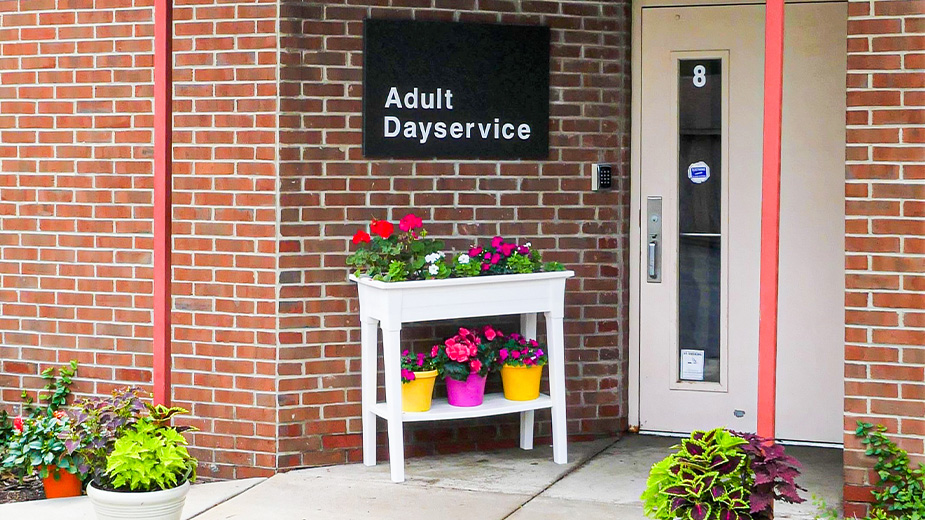Energy Star-Rated Products Save $295B in 20 Years
YOUNGSTOWN, Ohio – Sometimes it’s as simple as turning off the lights as you leave a room or lowering the thermostat on cold days while you are out of the house.
Most of the time, however, achieving energy efficiency in your business or household is a matter of wise consumption habits combined with proper equipment maintenance, the use of energy-saving appliances and updates to a building.
“We can always come in and do a good survey and make some fair recommendations,” says Bill McKernan, owner of William Price Heating and Cooling Inc., Girard. “Sometimes they’re easy. It could be replacing older windows and doors, or more insulation.”
In other cases, the solution is more complicated and could mean replacing an older furnace or air conditioning unit, McKernan says. “The newer furnaces are slightly more efficient in gas consumption” than the older models. Yet homeowners who own an older furnace – say, one that achieves 80% energy efficiency – can realize considerable savings with the installation of the latest model that has a 95% efficiency rating.
A critical part of the heating and cooling process is the furnace blower, McKernan says. “Most people don’t realize that the blower motor has an impact on heating and cooling.” On average, a furnace with a new blower motor that can adjust to variable speeds consumes 60% less energy. “It delivers the right amount of air at a certain temperature and uses less electricity and gas,” he says.
Another option for homeowners is the use of mini-split heating and cooling systems to serve rooms in the house that never seem to get comfortable, McKernan says. “In essence, you have two operating systems inside the house. Say a person puts an addition on without addressing the heating needs: We can make it comfortable by installing these.”
Air conditioning and cooling units have also achieved greater efficiencies, as the federal government continues to impose standards on manufacturers, McKernan says. The government mandates central air cooling units through a SEER – or seasonal energy efficiency ratio – rating manufacturers must meet, he notes. The higher the rating, the more efficient the cooling system is. Currently, the government mandates a rating of 13 SEER, but McKernan sees central air conditioning units on the market with ratings as high as 16 SEER.
“These units use less electricity to generate the same amount of cooling that a 15- or 20-year-old unit did,” the owner of Price Heating says.
Statistics provided by the U.S. Energy Information Administration point to substantially reduced consumption of energy as it relates to household heating and cooling systems.
In 1993, for example, space heating and cooling systems commanded a majority of household energy use, the agency reports. That year, space heating accounted for 53.1% of energy consumed in the home, while air conditioning registered 4.6%.
By 2009, space heating accounted for just 41.5% of the average household use while air conditioning rose slightly to 6.2%.
The agency identified major factors guiding this trend: the “adoption of more efficient equipment, better insulation, more efficient windows and population shifts to warmer climates.” While overall energy consumption per household has declined, other segments of energy use – electronics and appliances, for example – have increased.
Use of appliances, electronics and lighting consumed 24% of total household energy in 1993; in 2009, that number jumped to 34.6%.
Another aspect of this trend is that newer houses – those built after 2000 – are on average 30% larger but consume about as much energy as older, smaller houses, the U.S. Energy Information Administration says. Newer houses consumed 21% less energy relative to space heating on average, the result of increased efficiency with heating equipment, more stringent energy codes, and better building shells.
“The important thing is that a good survey is done to determine what the real needs are,” McKernan says.
Among the initiatives that has helped draw attention to energy efficiency is the Energy Star program, launched in 1992 by President George H.W. Bush’s administration.
The program is a voluntary effort to encourage manufacturers and consumers to reduce energy consumption of appliances, construction materials, home products, commercial buildings and electronics.
Each year, a third party tests products whose manufacturers seek an Energy Star rating to verify whether changes in their processes have affected a product’s criteria for certification.
According its website, Energy Star has, as of December 2013, helped families and businesses save an estimated $295 billion on their utility bills and prevented more than 2.1 billion metric tons of greenhouse gas emissions over two decades.
Since it was launched, Energy Star has attracted 16,000 partners that include manufacturers, trade associations, small businesses and retailers, the government says.
Among the Mahoning Valley partners in the Energy Star program is Window World Inc., a replacement-window company in Boardman.
“A lot of companies have changed specifications, depending on your zone and where you live,” says Gina Schumer, marketing director at Window World.
What makes Window World’s products energy efficient is the use of the Solarzone process, an Energy Star rated process that fills the space between a double-pane glass window with argon gas. “It’s 10 times more dense than dead air,” Schumer says.
The glass is also thinly layered with a low-e, or low emissivity, coating that acts as a filter with sunlight and energy. “In summer, it reduces heat and in the winter it lets warmer rays in and prevents heat from escaping,” Schumer explains.
The result is considerable energy savings when compared to older, single-pane windows. “In this zone, replacing the older windows could save someone $126 to $400 a year in energy costs,” she says. Replacing a double-pane clear window with an Energy Star Solarzone could save a consumer up to anywhere between $27 and $111 a year.
Another product homeowners should consider when making improvements to their houses is energy-efficient vinyl siding, Schumer says. “This product comes with foam that is up to 1½ inches thick. It adds to any insulation you already have in the house,” she says.
Window World’s Prodigy line is vinyl siding with a foam insulation that increases the siding’s R-value, Schumer says, and the technology has resulted in significant energy savings for customers. “You want your R-value to be a higher number,” she points out, “and our top-of-the-line insulation does that. It’s like wrapping your house with a blanket.”
Copyright 2024 The Business Journal, Youngstown, Ohio.


